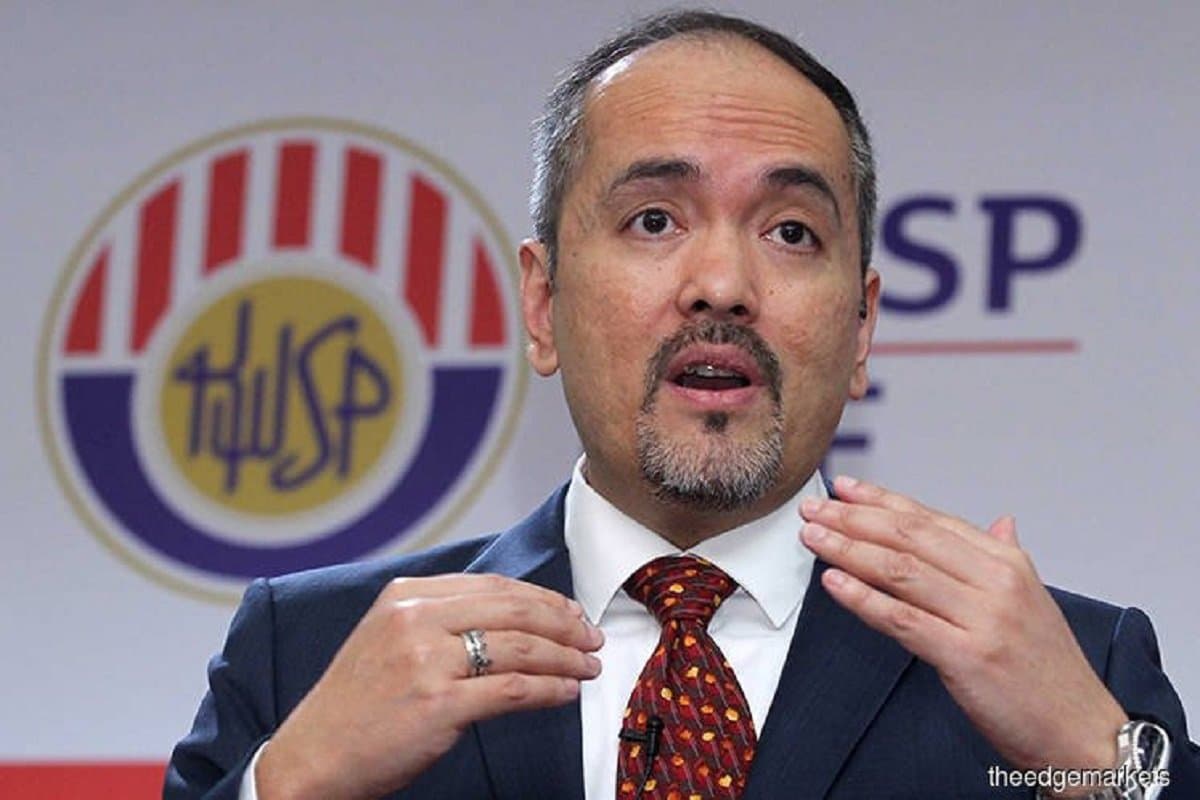
KUALA LUMPUR (Feb 27): Members saving their retirement fund with the Employees Provident Fund (EPF) should have a say if there is a change in the existing way dividends are being paid annually to a tiered structure, its outgoing CEO Tunku Alizakri Alias said.
“Tiered dividend is a very complex structure, it has both its pros as well as its disadvantages. We [the EPF] have always operated from an ‘everybody gets the same dividend’ base philosophy. Tiered dividend would actually suggest that there will be ways for us to go and deliver our dividends to our members in very different ways in the future, so again, this is a very complex issue and this is something that the EPF will have to go and touch base with our members at the end of the day because our members need to have a say in how the dividends that they will be receiving in the future should be structured,” Alizakri told reporters at a virtual media conference this afternoon after announcing the EPF’s 2020 dividend of 5.2% (conventional) and 4.9% (shariah).
Alizakri, whose public duties as EPF CEO end today, said that in reply to the question of whether the EPF is considering tiered dividends to help give a leg-up to members with lower savings.
Tiered dividends, in short, pay a higher effective dividend rate to those with lower total savings and a lower rate when savings grow above a certain predetermined threshold. For example, every EPF member can be paid a higher dividend rate for the first RM50,000 savings but receives a progressively lower dividend rate for the next RM50,000 or RM100,000. The rationale is similar to progressive tax, where those with higher taxable income would fall under a higher tax bracket and pay more tax.
The Edge’s extrapolation of the EPF’s 2018 data of 7.36 million active members with RM612.37 billion savings as at end-2018 show that it is possible to pay 7.1% dividend to all 7.36 million members for savings up to RM50,000 — which benefits the 4.35 million active members with less than RM50,000 saved up at most. This is because a lower rate of dividend will be paid to the next tier of savings, with the least being the minimum 2.5% for savings above RM1 million. In other words, even the member with more than RM1 million savings will get 7.1% dividend for the first RM50,000 saved but gets the lowest rate of 2.5% for savings above RM1 million.
Whether or not the dividend structure will see any change in future, Alizakri reassures members that the EPF remains the best option when it comes to a retirement fund of its kind: “I’d like to reassure you again that no matter how the structure of dividends will be in the future, whether it is single or tiered, your savings will always be managed in [the] best way possible by the best investment team possible. I would like to think that you will also get the best returns for the type of fund you will be putting your retirement fund in, so rest assured EPF is still the place for your retirement future.”
In his presentation to the media, Alizakri said an EPF member who saved RM1,000 with the EPF 30 years ago would have seen the money tripled to RM3,040 by end-2020, based on the stellar dividend that the EPF had been able to generate the past three decades.
That same RM1,000 invested over 30 years ago would have been worth only RM977 today if the EPF only delivered the minimum nominal dividend of 2.5% per annum in the past three decades. If an EPF member had chosen to keep the RM1,000 under the mattress instead of with the EPF, that RM1,000 would have been worth only RM445 after taking into account inflation, Alizakri said.
Outgoing Tenaga Nasional Bhd president and CEO Datuk Seri Amir Hamzah Azizan takes over as EPF CEO from Monday (March 1, 2021).
Read also:
The State Of The Nation: Tiered dividend necessary to help low-income EPF members
Varied response to whether EPF should implement tiered dividends
EPF declares 5.2% dividend for pandemic-hit 2020, just below 5.45% for 2019
EPF assets hit RM1.02 trillion but 30% may have zero balance in Account 1, 60% for Account 2
